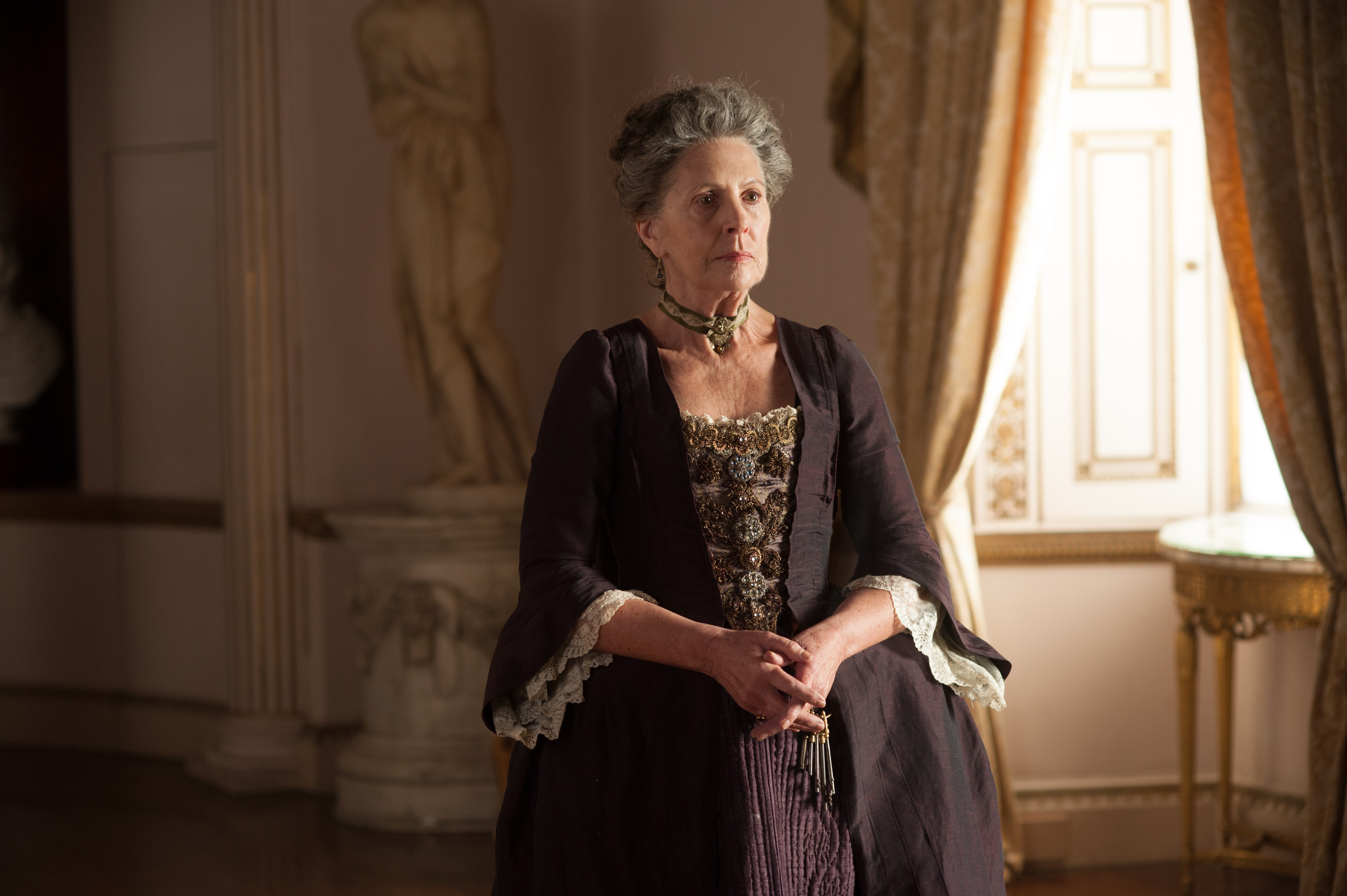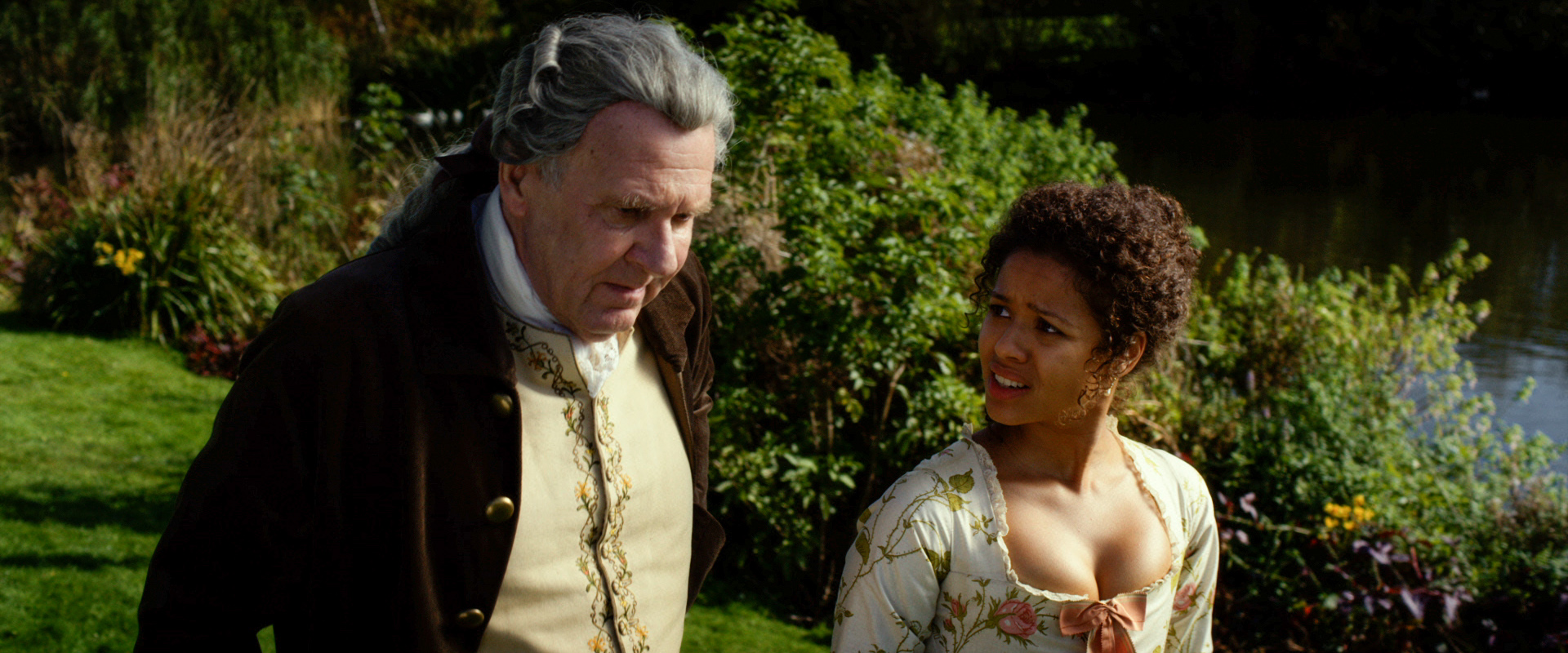BELLE
BELLE
Dido Elizabeth Belle was the daughter of an English white aristocrat and a black slave, raised on her father's English estate. She quickly discovers the duality of her status - sometimes she can be a lady, sometimes she is excluded from the aristocratic life. This dissonance interacts in a fascinating way with the formula of classic costume melodrama.
Dido Elizabeth Belle was born in 1761, the daughter of an English aristocrat and an enslaved African woman from the West Indies. After her mother’s death, her father brought her to his family estate and left her in the care of his family. Dido was raised as a lady entitled to the privileges of her class, yet her skin colour excluded her from many of the rituals and refinements of aristocratic life.
Her story inspired filmmaker Amma Asante, a Black British director deeply engaged with Britain’s colonial legacy. In BELLE, Asante is less concerned with a straightforward biographical reconstruction than with exploring the duality and dissonance that shape Dido’s life – her reflections on social status, the absurdity of convention, and the labyrinthine codes of inclusion and exclusion within the upper classes. The film places Dido’s predicament within the broader context of eighteenth-century debates around slavery, the rise of abolitionism, and the horrors of transatlantic trade.
Beneath the surface of a seemingly classical costume melodrama, Asante weaves in the harrowing history of the Zong massacre, the subsequent attempt by the ship’s owners to claim insurance for their “cargo,” and the court cases that helped pave the way for legal reform. Behind the glitter and glamour of aristocratic culture, just as beneath the seemingly classic and smooth melodramatic narrative, an increasingly violent conflict is brewing. BELLE is an unusual example of heritage cinema aimed at recovering unwanted memories.
Text: Karolina Kosińska PhD
.png)
.png)































